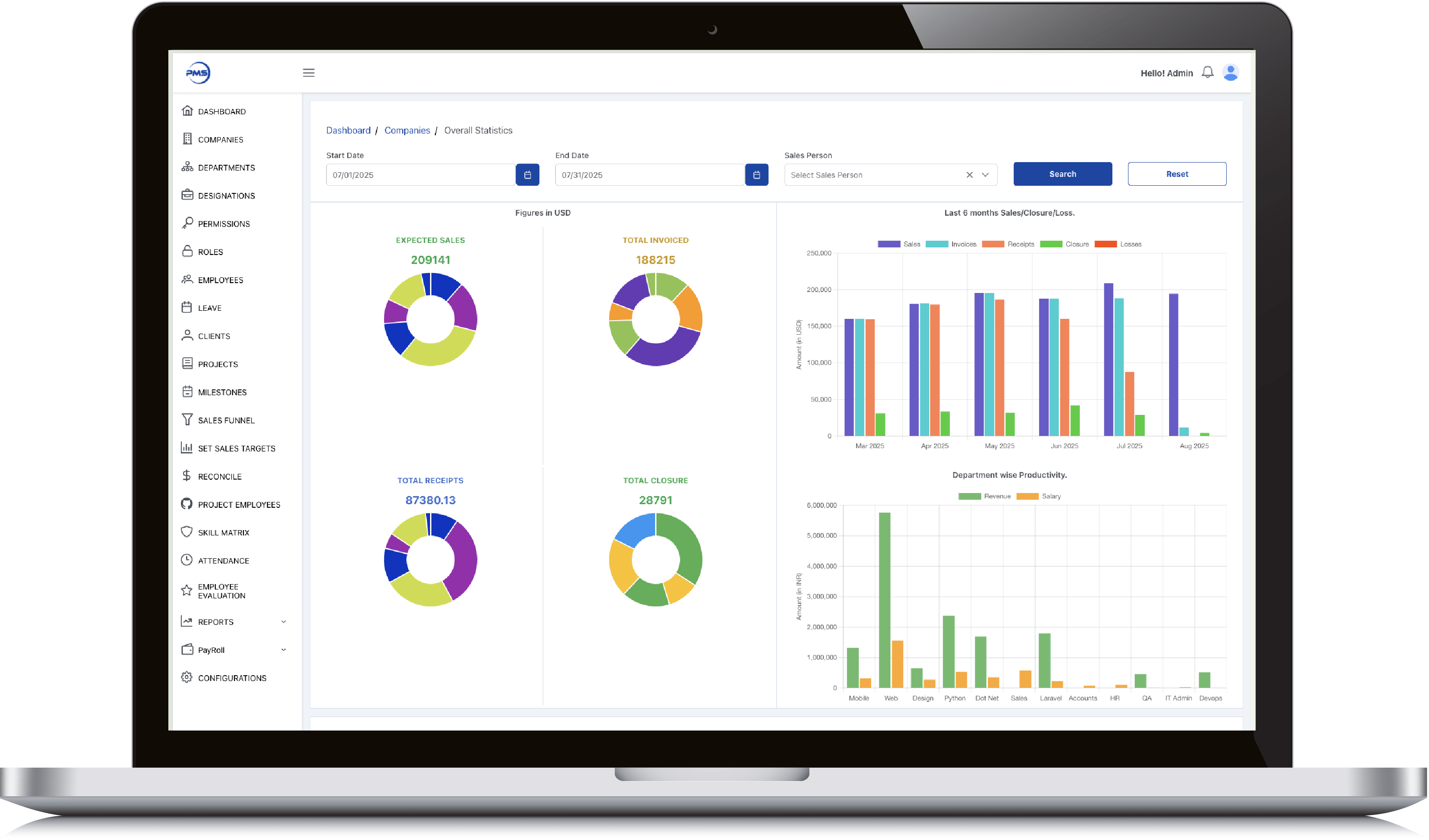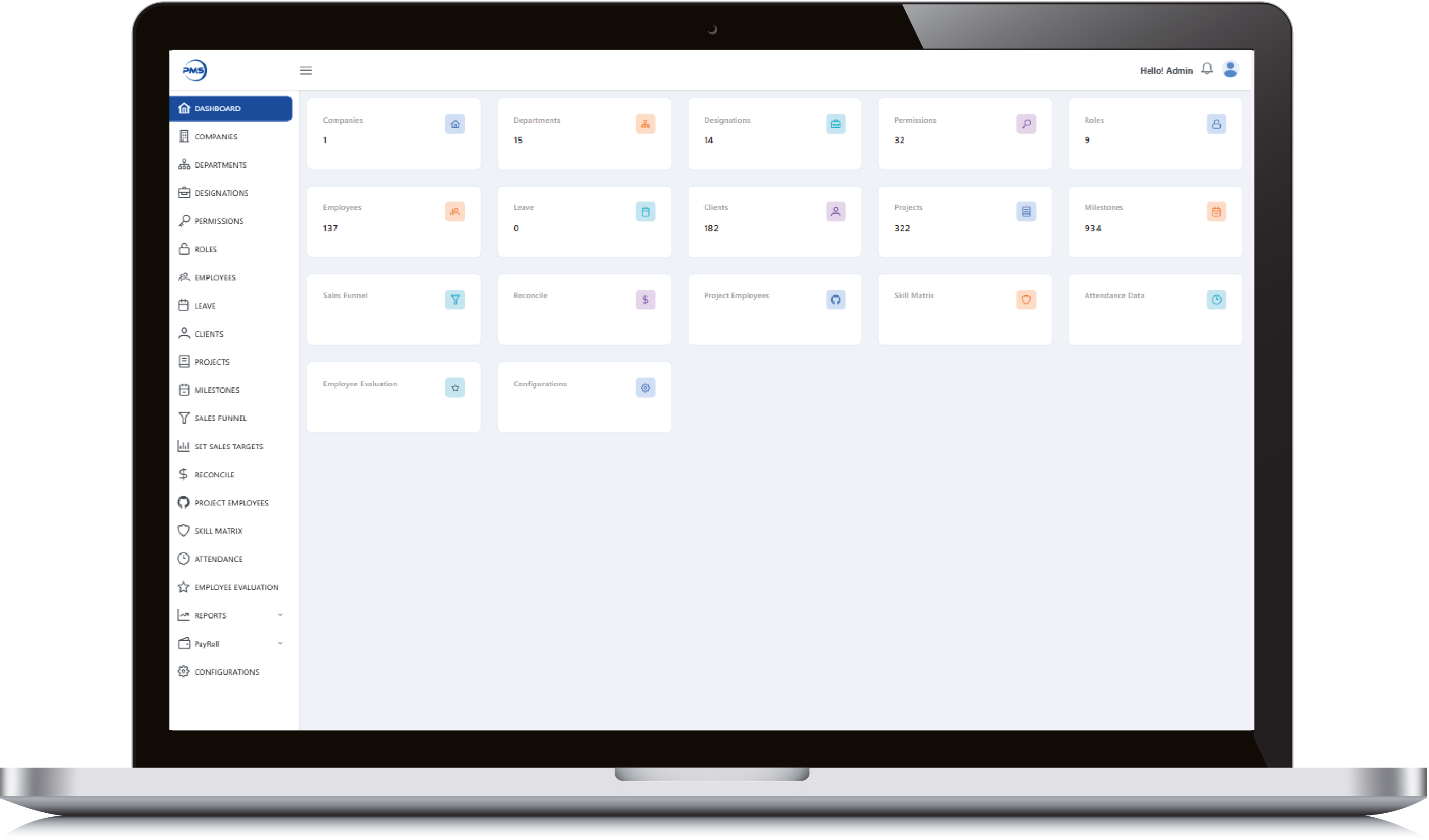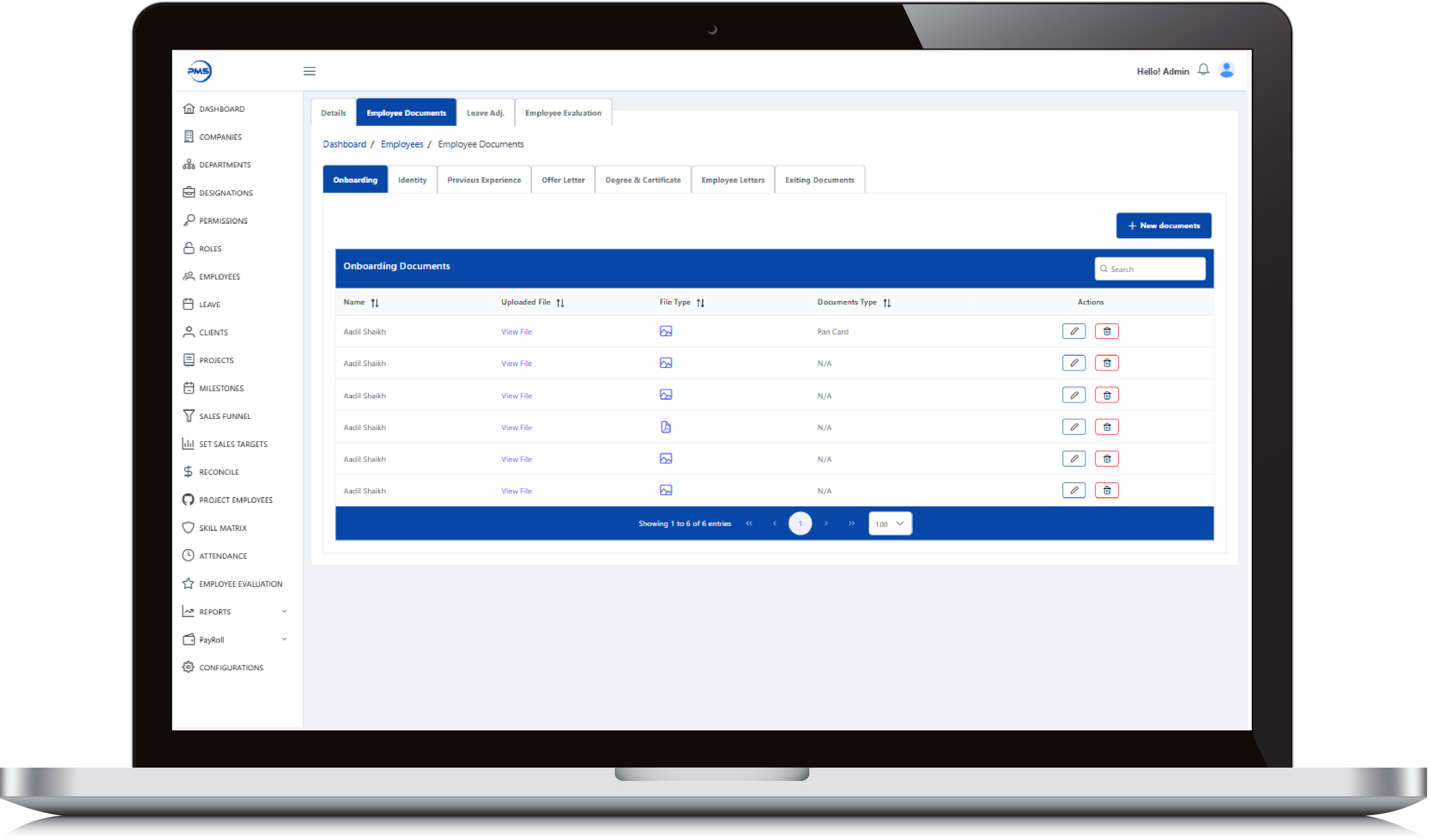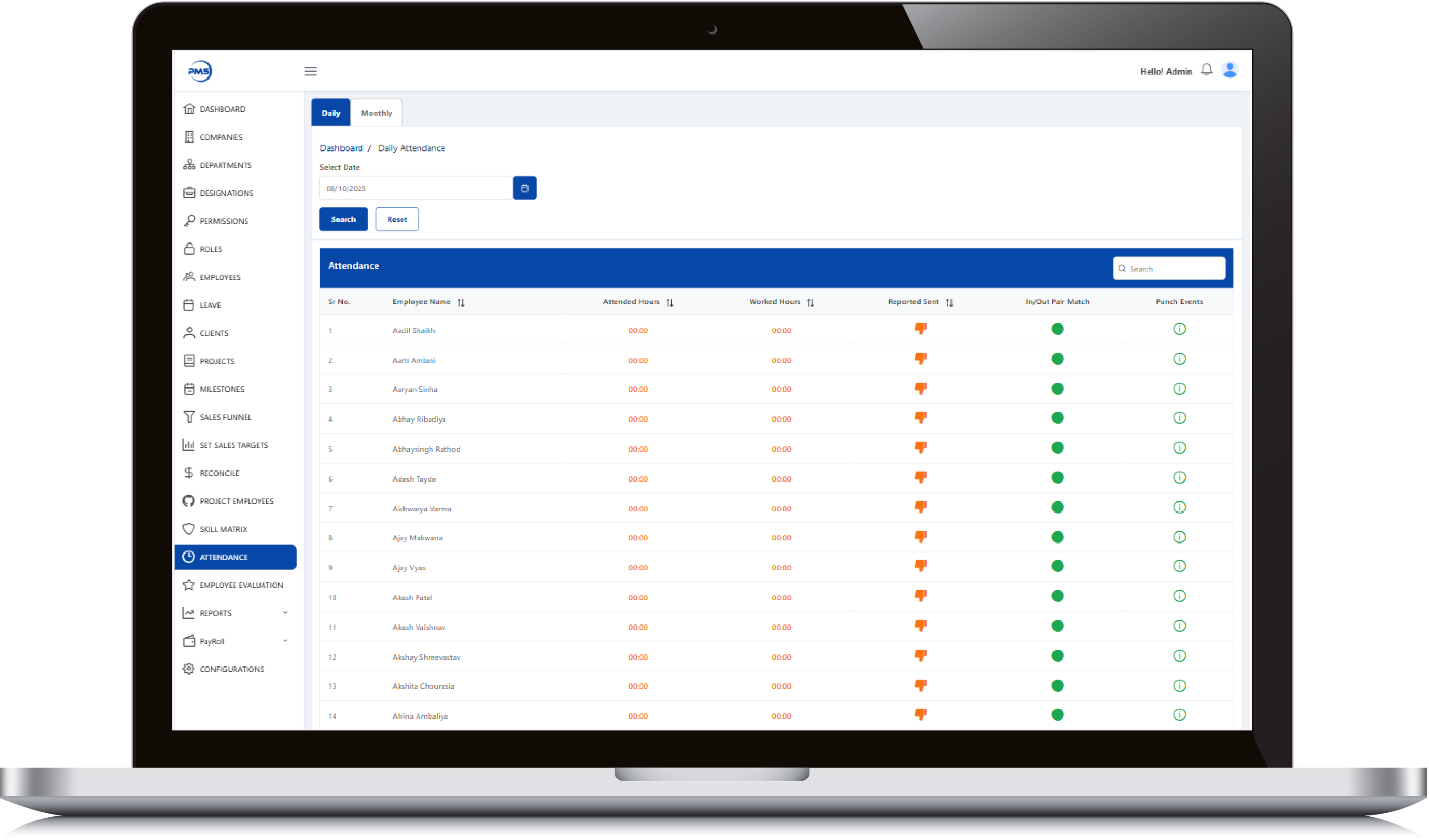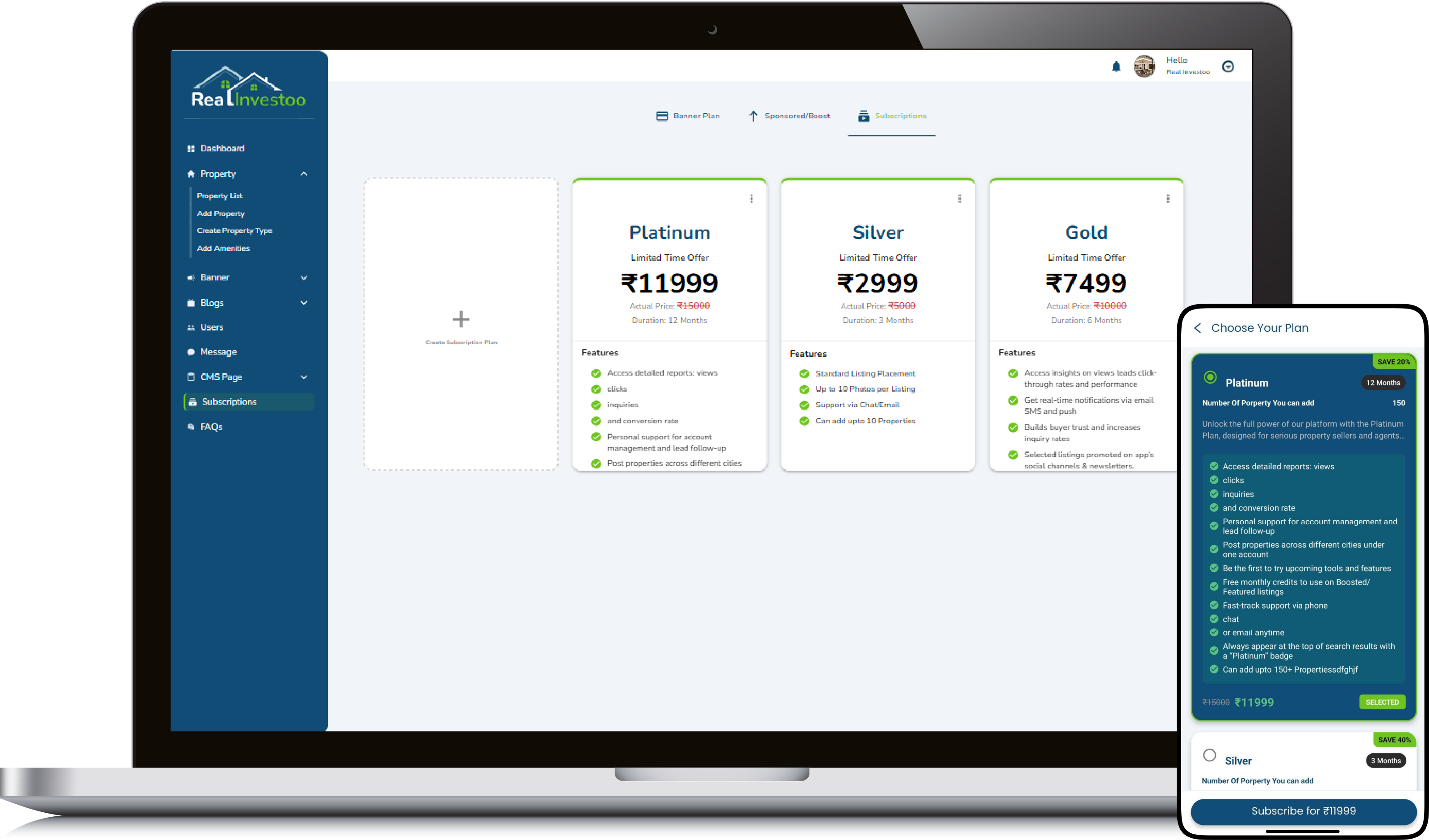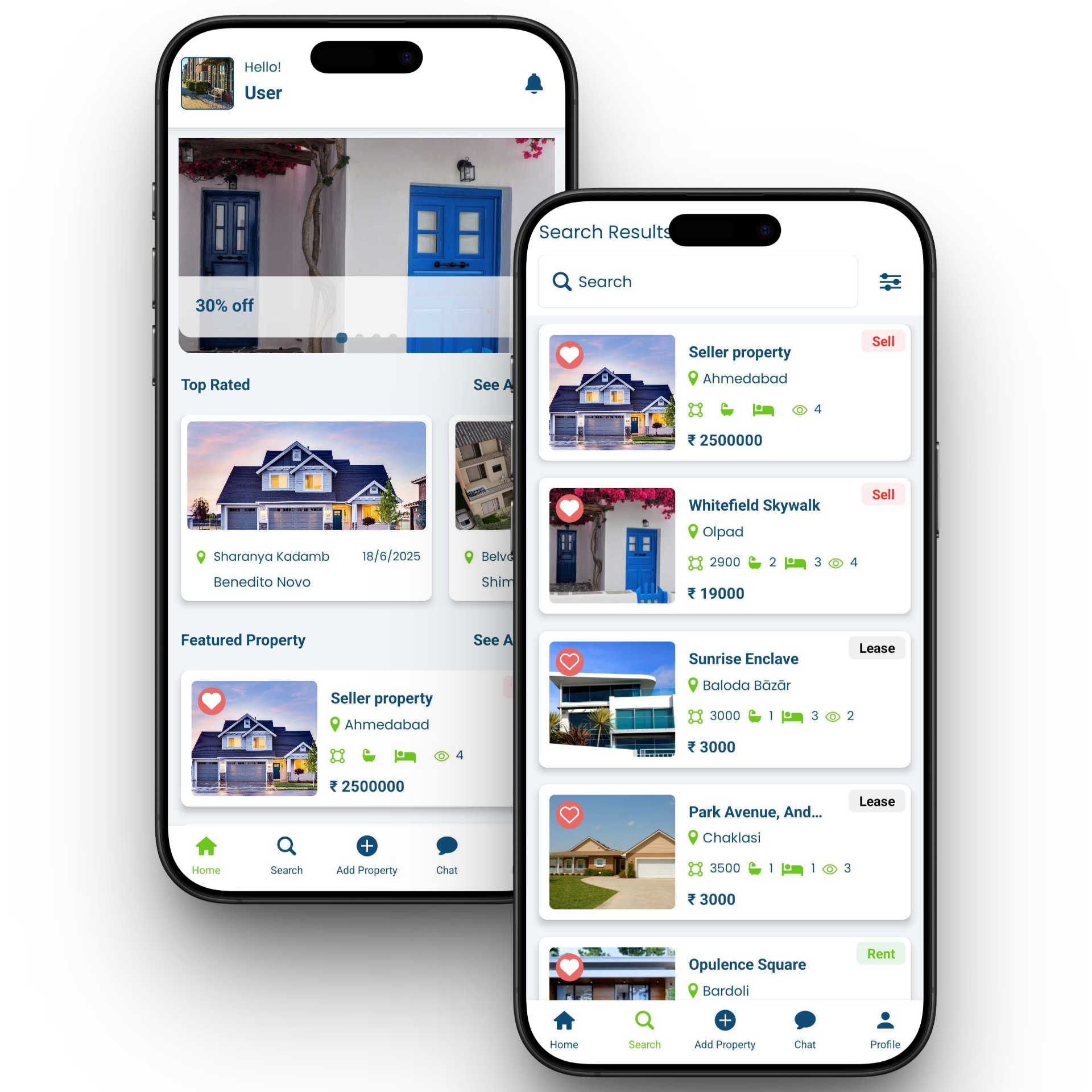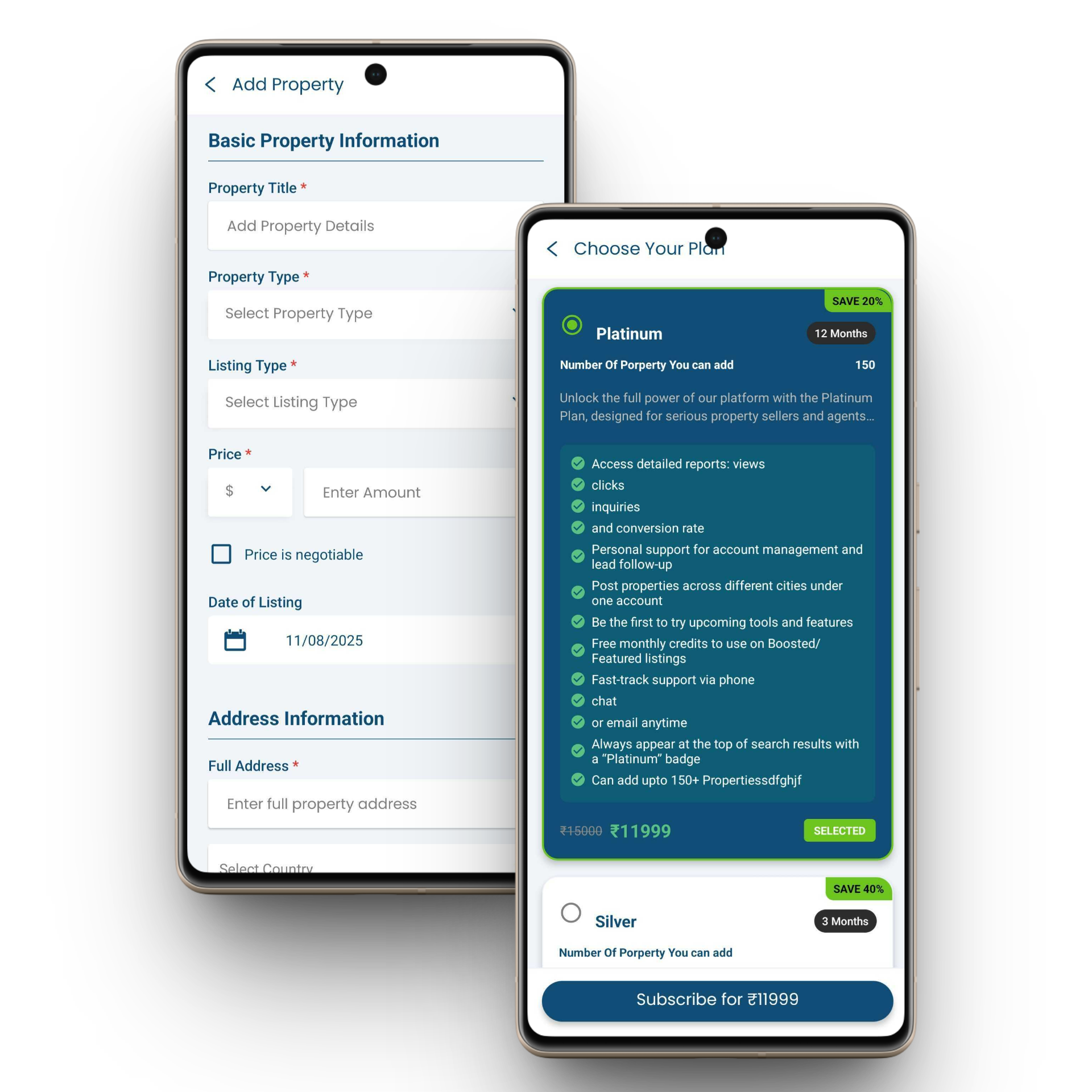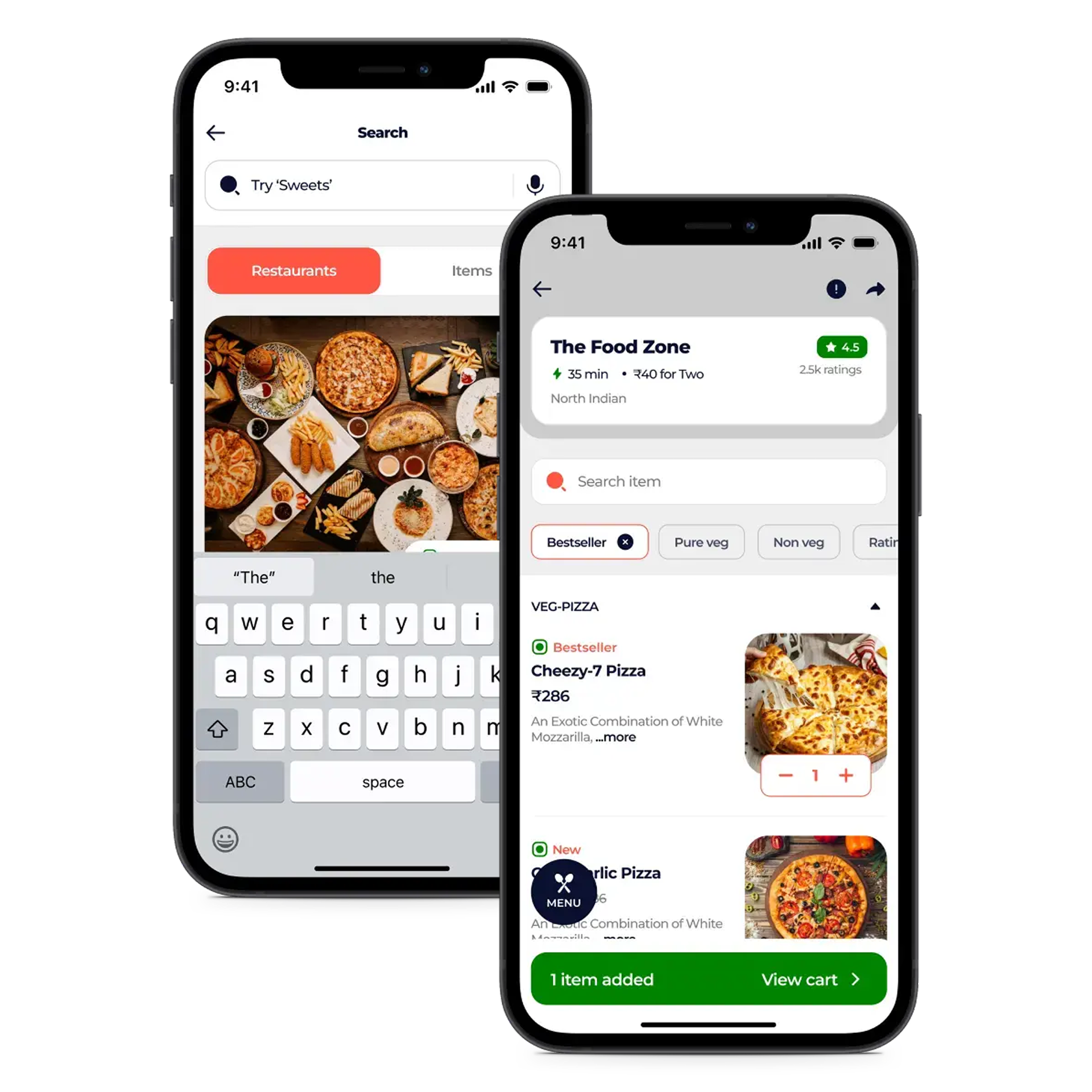A software development agreement is a legally binding contract that outlines collaboration between clients and developers. These agreements lay down the foundation for successful project execution, ensuring clarity, transparency, and legal protection for both parties involved. It serves as a roadmap, detailing project scope, timelines, deliverables, payment terms, intellectual property rights, confidentiality clauses, and dispute resolution mechanisms.
Whether it’s a fixed-price contract, time and materials, or milestone-based payments, establishing a clear payment structure helps manage expectations and ensures fair compensation for the services rendered. Basically, the software development agreement will limit the risks and lay groundwork for successful project outcomes with clear communication between both parties.
What is a Software Development Contract?
A Software development contract is a legal agreement that covers the processes of developing, transferring data, selling apps, and supporting the client’s applications. Additional components of development are the integration of platforms, services, and even products. The nature of the parties’ relationship is defined by this software agreement.
Your software contract will cover all your questions regarding source codes, support, upkeep, and intellectual property rights. The software development agreement will also have sections for controlling law, dispute resolution, and contract termination upon substantial breach.
Now let’s talk about types of software development agreement models that one could choose from.
Types of Software Development Agreement Models
Here are the software development agreement models that businesses could choose while hiring services.
1. Time and Materials Contract
In particular, this software development agreement works effectively for projects where the quantity of work and the time required are unknown in advance. The project may take longer to complete than anticipated, in which case you will be charged more. Nonetheless, you will be in complete control of the development process and able to assess the work after each sprint.
- Simple and less complicated approach.
- Flexibility and scalability while maintaining the budget.
- Clear communications to avoid disagreements.
- Improve overall productivity and efficiency.
2. Fixed Cost Contracts
With a fixed cost contract, the cost of a specific volume of work is estimated. This however, is unrelated to the implementation’s true cost. Furthermore, a fixed-cost contract provides financial incentives, particularly for meeting predetermined project objectives.
- Clear project requirement needs.
- Pre-defined scope of work.
- Product stability and technology clarity.
- Estimated timeframe/timeline.
3. Dedicated Model
A committed team approach is a fantastic choice, particularly for companies planning long-term projects. The majority of software outsourcing firms choose dedicated model because of its adaptability. The client would have regular progress updates with this approach and they could immediately point out changes if any.
- Experienced and highly qualified team working on the project.
- Long-term outsourcing approach.
- Adaptability, flexibility, acceptance, and outcomes.
- Maintains overall performance efficiency.
Next, let’s delve into key components that needs consideration before signing software development agreement.

Key Factors of Software Development Contract to be Considered
1. Scope of Work
The software development agreement contains scope of work that describes the exact tasks, activities, deliverables, responsibilities of the developers, and goals that the software development business will work on to finish the project. It gives a clear idea of what will be developed and delivered by defining the project’s parameters and expectations.
2. Project Time & Costs
After determining the scope of application, the next step is to select a price plan. This stage involves project’s budget, duration, and completion date. Further, it provides an explanation of the selected contract model and the method of payment for the application development. Facts to consider for software development agreement –
- Total expenses of the project
- Milestone for payments
- Timetable for payment requirements and invoices
- Method of payment
- Penalties for late payments
- Extra charges and fees
3. Intellectual Property Rights
It takes intellectual property to promote innovation. Businesses and individuals would be able to profit fully from their ideas even in the absence of intellectual property protection. To prevent breach data breaches, information sharing, and financial data leaks, it is critical to protect your intellectual property rights.
Discover Our Award-Winning Software Consulting Services To Find The Ideal Billing Model That Suits Your Needs Best.
4. Warranties and Liabilities
Liabilities and warranties relate to the guarantees that the software development company makes about the functionality, quality, and conformance with the law of the created program. It also refers to how parties involved divide up duties and possible obligations. This section in software development agreement should be carefully reviewed and negotiated by both parties to make sure the provisions are reasonable, fair, and sufficiently safeguarded.
5. Confidential and Non-Disclosure
In the software development agreement, confidential and non-disclosure section protects information between the software development company and the client. These clauses consist of protecting proprietary information, trade secrets, confidential data, and other project-related materials.
6. Terms and Termination
This particular clause specifies the conditions and steps that parties must follow to end the software development agreement. It outlines the obligations, rights, and steps to be followed/practiced in case of project termination.
7. Survival and Succession
The clause in the software development contract states that even if the vendor’s services are terminated or the project is completed, the agreement will still be enforceable. The entire contract will continue to be effective and in force. This will apply to anyone who takes over the project or succeeds the client or the vendor.
8. Support and Maintenance
Typically, this section delineates the terms and scope of the client’s ongoing assistance and maintenance services provided by the software development company. This clause details the responsibilities, obligations, and terms of post-development services, including software maintenance.
Above mentioned factors are essential to consider for a software development contract.

Significant Approaches for Software Development Agreement
It is imperative to incorporate optimal methodologies for software development agreements to guarantee seamless project implementation, minimize potential hazards, and safeguard the concerns of all stakeholders.
Seeking Legal Advice
You can safeguard your rights and interests by speaking with attorneys who specialize in software development agreements.
Maintaining Records
Clear records and proper documentation need to be maintained for software development projects. This includes scope, modifications, correspondence, and milestone.
Effective Communication
Having a clear, open lines of communication between the client and the software development team reduces miscommunication, fosters understanding, and guarantees that everyone is on the same page. This also binds the objectives and expectations of the project for optimal results.
Limiting Liability
By sharing the responsibility between clients and software developers, these shield each side from unwarranted financial or legal repercussions.
Dispute Resolutions
This approach will help with resolving disputes and conflicts amongst the stakeholders engaged in the software development project. This will save company’s reputation and improve client work-relationship.
Indemnifying Damages
Under this section, each party agrees to defend and hold the other party harmless against any claims, losses, or liabilities resulting from the software development project.
Declaring Governing Laws and Jurisdiction
Indicates the governing law and jurisdiction that will apply to the resolution of any disagreements or legal actions pertaining to the agreement.
Insurance Requirements
To protect against potential risks and liabilities, certain software development agreements may mandate that one or both parties maintain particular types and levels of insurance coverage.
Mediation or Arbitration Clauses
In the event of a disagreement, software development agreements contain provisions requiring the parties to try mediation or arbitration before taking legal action. These alternative dispute resolution techniques are frequently chosen over litigation because they are more likely to be affordable and better at protecting confidentiality.
Reviewing and Updating Regularly
It is advisable to review and update the software development agreement on a regular basis to take into account any modifications to the requirements, the scope of the project, or outside circumstances that may have an impact on the agreement.
These are the best practices in software development agreements and one should ensure to mention them depending on their business project requirements.

Why is Software Development Contract Important for Business?
In the realm of software development, a contract is a critical document that lays the foundation for a successful project. Firstly, a software development agreement clearly defines scope of work, ensuring both parties are aligned on deliverables, project timeline, and expectations. This clarity helps prevent misunderstandings and disputes for beneficial results.
Additionally, a well-crafted contract promotes accountability by setting benchmarks for performance and quality standards. It encourages transparency and ensures that all parties are committed to fulfilling their obligations. Overall, a software development contract is not just a piece of paper; it’s a crucial tool for safeguarding the interests of all involved parties and ensuring the smooth execution of a project.
Concluding Thoughts on Demystifying Software Development Agreements
With this blog, one could understand software development agreement better as it is one of the essential blueprints for successful collaborations. The legal contract will provide clarity, protection, and accountability for both clients and developers. Moreover, the document will also mitigate risks and ensure a fair resolution of disputes.
Embracing the importance of software development agreements is key to fostering trust, professionalism, and ultimately, achieving project success. So, whether you are client or a developer, investing time and effort into drafting a comprehensive agreement is always worthwhile.
Want to know more about Software Development Agreements?
Your search ends here, BrainerHub Solutions can assist you with software development agreements so you are well-aware of legal clauses before outsourcing development services. Enquire with our professional team today for guidance!
FAQs
A software development agreement is essential for clarifying expectations, protecting both parties’ interests, and mitigating potential risks. It provides a framework for the project, defines responsibilities, and helps prevent misunderstandings or disputes in the coming future.
It is possible to modify software development agreement that suits your project requirements. At BrainerHub Solutions, we use a client-first approach that complies all your requirements through information gathered. We therefore agree upon the terms and clauses you want to include in the agreement.
Address any changes through a formal change request process outlined in the agreement. Document agreed-upon modifications, including adjustments to timelines and costs, to ensure transparency and accountability.





